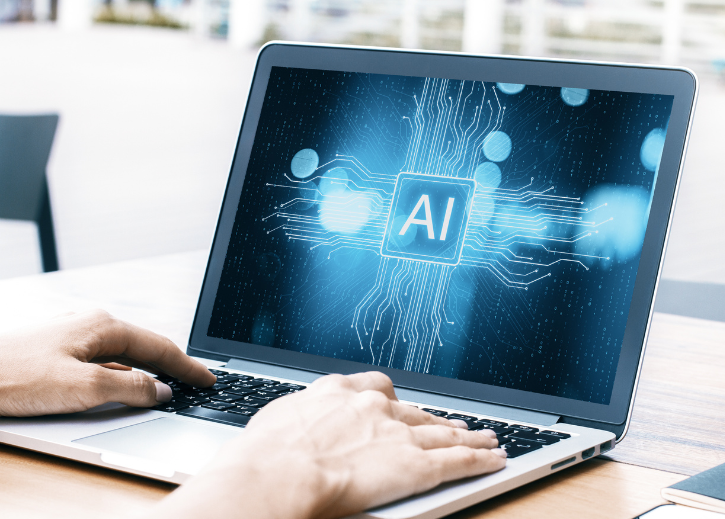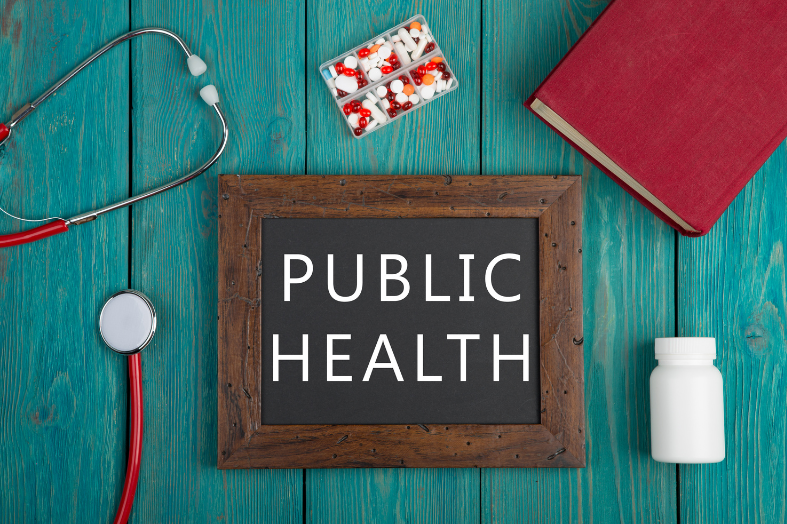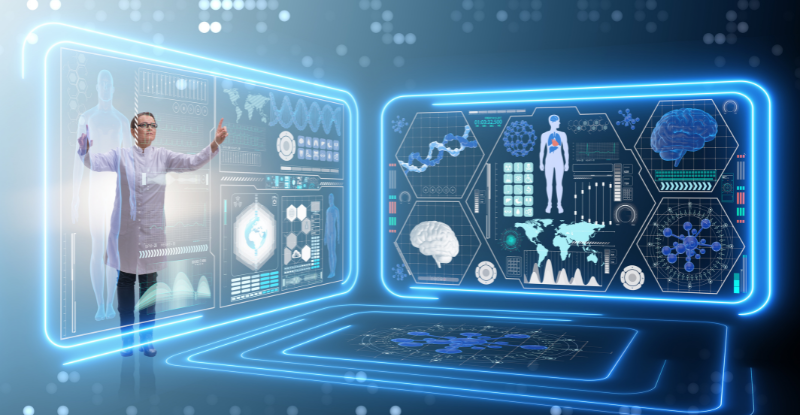
Obstacles to AI Deployment
The private sector generally has more freedom when it comes to implementing AI compared to the public sector. This is because the public sector faces additional barriers and resistance related to finance, limited resources, and a lack of information on technology [1]. Oftentimes, machine learning requires an extensive amount of funding to implement. Employees will also need additional training programs so they can learn how to effectively collaborate with AI technologies. Furthermore, the public health sector already has various regulations and policies when it comes to data management. Adding AI to the mix complicates the regulatory system even more since government agencies will have to ensure that AI meets policies concerning cyber security [1].

Another concern is the public’s view of how the government manages and stores data. Government agencies will have to be transparent in how AI will be used to benefit the public, and they will have to gain the trust of their users [1]. The public sector will also have to be transparent about the potential risks that come with AI. Therefore, deploying AI must be done in a way that promotes fairness and safety for the public [2]. Both legal and ethical concerns must be factored in, which can explain why the public sector may be more resistant to implementing AI [2]. Overall, the high costs of machine learning and the hesitancy to move towards newer technologies can hinder its use.
The Public Sector’s Fear of Bias & Discrimination w/ AI
An important concern with implementation is the potential for increased bias and discrimination [3]. Therefore, it’s no surprise that several government agencies have released statements to address this concern regarding automation and artificial intelligence [3]. The federal government must ensure that the public does not lose its rights due to new technologies. In the healthcare sector, AI is used to make important decisions about diagnosing and treating patients. Therefore, the data used to teach AI mustn’t promote discrimination, since this could lead to detrimental effects on public health. Thus, it’s no surprise that the government is introducing more regulations and policies for AI to ensure healthcare providers continuously monitor bias in their technologies [3]. Regardless of the technology, the government must ensure that innovation does not lead to unfairness or inequity.

Implementation of Federal AI in Healthcare
It’s important to note that the US General Services Administration (GSA) released a challenge for AI to promote healthcare services [4]. Specifically, they hope to encourage AI in enhancing care services related to mental health, addiction, cancer, and more [4]. This is important because the federal AI challenge can promote better health outcomes for patients. Furthermore, the innovation that often comes with the private sector can be used in collaboration to promote AI innovation in the public sector [4]. Federal healthcare service will rely on this collaboration to ensure that healthcare initiatives provide more accessible, equitable, and reliable healthcare services. Overall, the federal government can implement AI more effectively if they collaborate with businesses in the private sector to expedite better health outcomes.

Potential Benefits of AI in the Public Sector
AI has the potential to improve the way we handle chronic diseases and provide preventive healthcare services to the public. Furthermore, adding automation to established processes can improve both efficiency and productivity [1]. It’s important to note that AI is unlikely to replace humans, and will likely be used to free up tasks so employees can focus on more complex issues [1]. AI is also useful in the public sector for analyzing large amounts of data into patterns that provide helpful insights and alerts [1]. Furthermore, although AI may have higher upfront costs at first, it can decrease long-term operating costs due to the automation of administrative tasks [1]. Overall, machine learning in the public sector is useful because it can help manage healthcare supply, track info on public health services, and analyze large amounts of data effectively. Thus, the private and public sectors must work together to deploy AI in the healthcare industry.

HITS
HITS provides management services and collaborates with clinicians in the development of health informatics. We provide tools that promote safe, timely, patient-centered, and equitable care. Our agency culture and mission facilitate customer and human-centered design. Additionally, we tailor software and project management support products to meet our customer’s needs. HITS also focuses on transforming health care by analyzing integrated medical solutions and evaluating information systems. Our goal is to enhance individual and population health outcomes, improve patient care, and strengthen the clinician-patient relationship. Finally, HITS expands the ability for individuals to safely and securely contribute relevant and usable electronic health information and define preferences and values to their clinicians.
References
- https://www.forbes.com/sites/forbesagencycouncil/2023/01/31/ai-and-the-public-sector-strategies-for-success/?sh=50433e10417c
- https://www2.deloitte.com/us/en/pages/consulting/articles/ai-dossier-government-public-services.html
- https://www.mcguirewoods.com/client-resources/Alerts/2023/5/government-agencies-join-forces-against-bias-discrimination-ai
- https://healthitanalytics.com/news/federal-ai-challenge-aims-to-improve-patient-health-outcomes